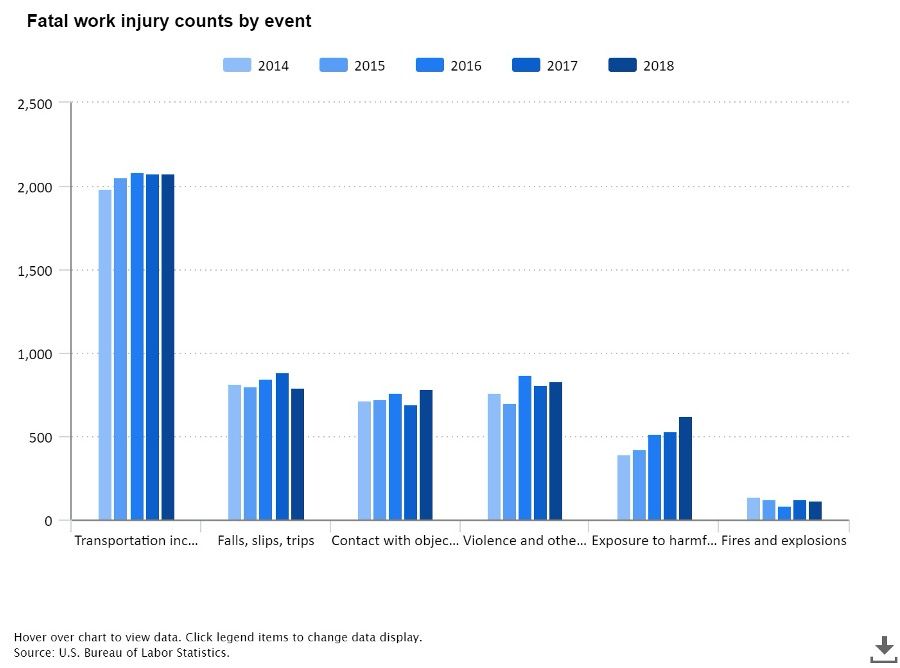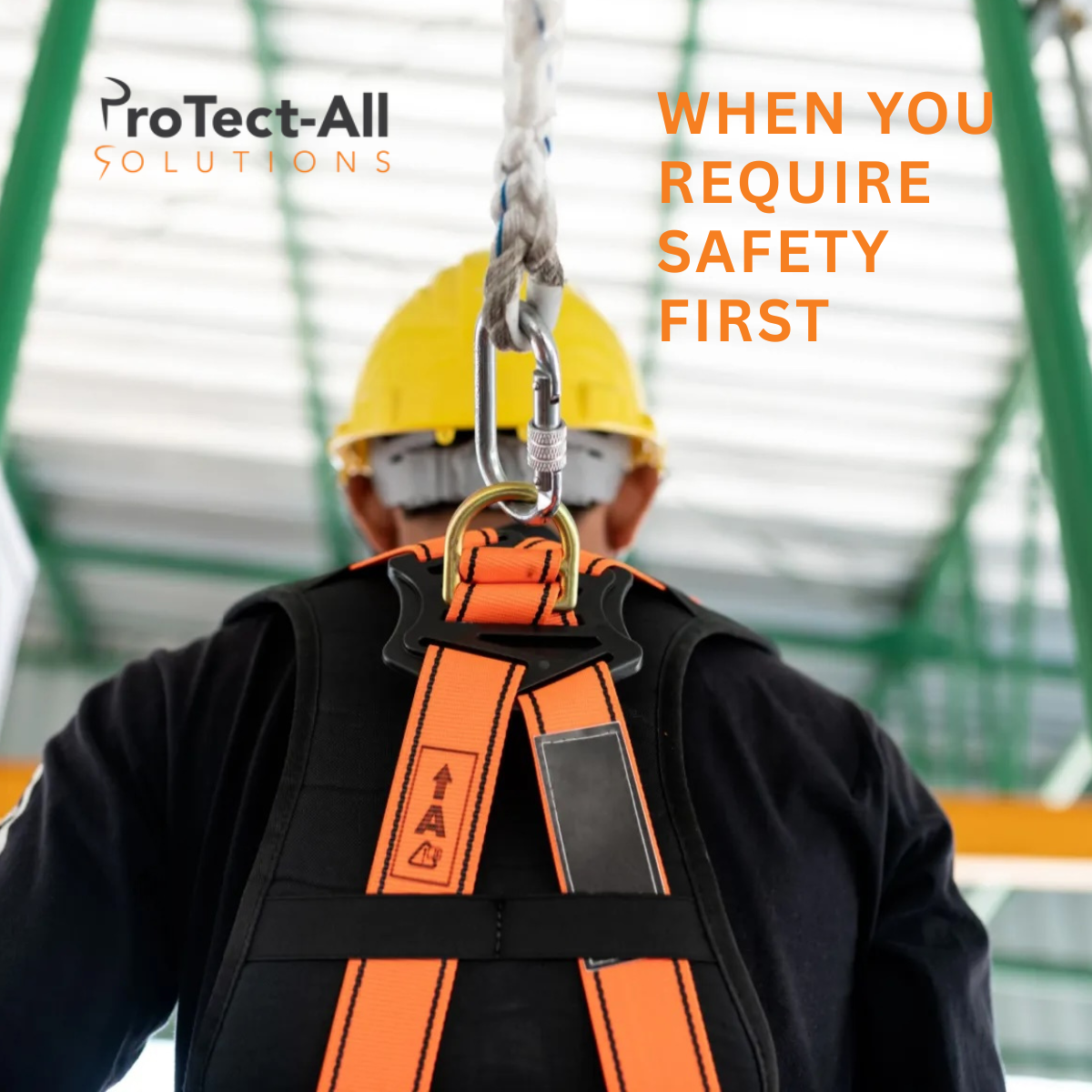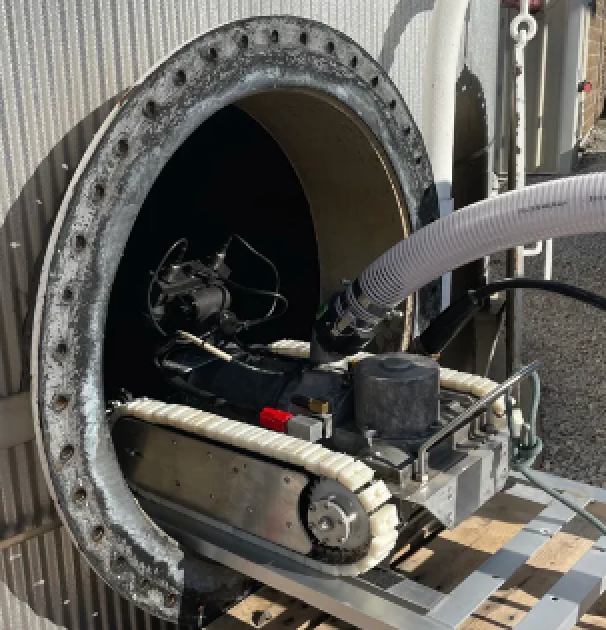Rewriting the Blueprint to Safety Excellence
What is SIF --Significant Injury and Fatality
- Life-Altering Injury – permanent loss of bodily function, organ or major limb; permanent disability from normal life
- Life-Threatening Injury – emergency medical response required to preserve life and prevent death
- Life-Ending Injury sustained
By identifying SIFs, your organization will:
- focus on injury prevention initiatives where they matter most
- expand their understanding of workforce threats
- potentially prevent the next serious injury or fatality
Challenge Traditional Safety Measures & Methods
Your organization leadership will need to shift the focus of your incident prevention efforts, eliminate serious harm and death across your facilities, and transform the way you measure and achieve safety excellence.
Safety statistics never lie. To lead your organization through change, leadership needs to embrace and influence future performance. If this position is not taken, then leadership is reactive or lagging, which means you only analyze past performance with no vision of how to make change moving forward.
PROACTIVE Leading Indicators:
- Unsafe act or condition reporting and correction
- Near miss reporting and investigation
- Safety observation and feedback
- Pre-task hazard analysis
- Safety training participation and completion
REACTIVE Lagging Indicators:
- Injury frequency and severity
- OSHA recordable injuries
- Lost workdays
- Worker’s compensation costs
- DART, IIR, TRIR, etc.
Who is Impacted by a Fatality?
5,250 workers died on the job in 2018
(3.5 per 100,000 full-time equivalent workers) — on average, more than 100 a week or more than 14 deaths every day.

The shift to SIF
Are lagging indicators a good measurement tool for predicting SIF? The shift to SIF is proactive as it focuses on where potential risk events may occur in relation to high-risk areas of a facility. For example, reporting a slip, trip, or fall in an area of high risk will help to uncover near-misses in the future.
What does OSHA consider a serious injury?
“Serious injury or illness” means any injury or illness occurring in a place of employment or in connection with any employment that requires inpatient hospitalization for other than medical observation or diagnostic testing, or in which an employee suffers an amputation, the loss of an eye, or any serious degree.
Safety is Controlling and Removing Exposure
Lifesaving safety rules, policies and programs are set of safety guidelines developed to prevent fatal incidents in high-risk environments and designed specifically for the preservation of human life in the workplace. Many organizations have identified company “Cardinal Rules” around the following lifesaving policies and programs:
- Confined space entry
- Control of hazardous energy
- Excavations and trenches
- Hot work
- Line breaking
- Machine guarding
- NFPA 70E (arc flash protection)
- Operations of mobile equipment
- Suspended loads
- Working at elevations/fall arrest
ProTect-All Solutions, under the leadership of S. Andrew Wright, has developed proactive safety programs for hundreds of organizations.
If you want to learn more about SIF, or join organizations that prioritize safety, contact ProTect-All today.
Part 2 Coming Soon: SIF: Where Do We Go from here?


